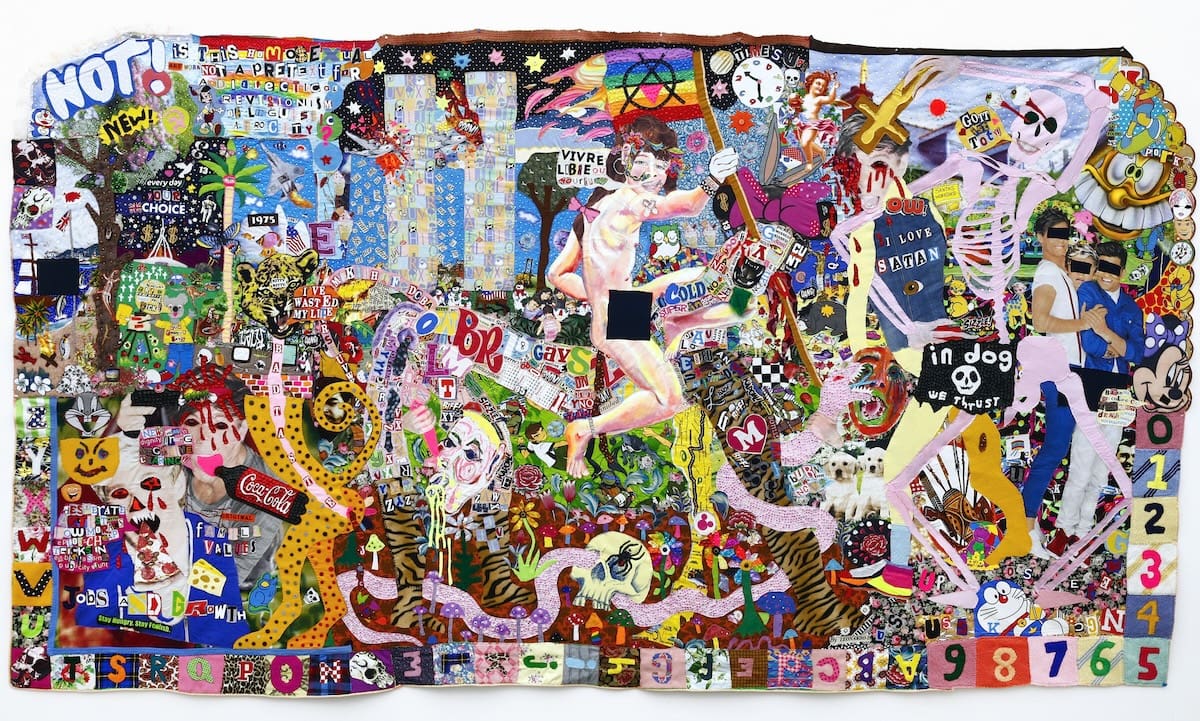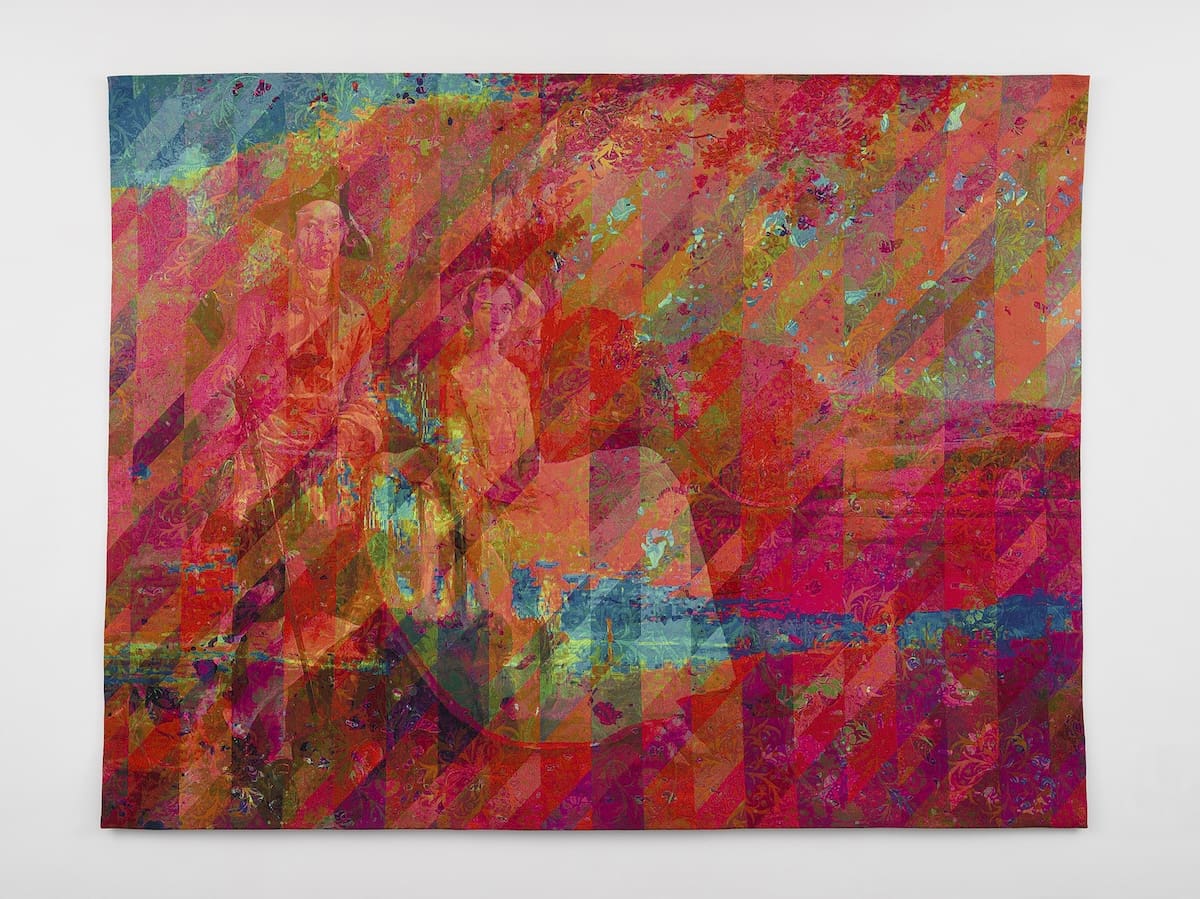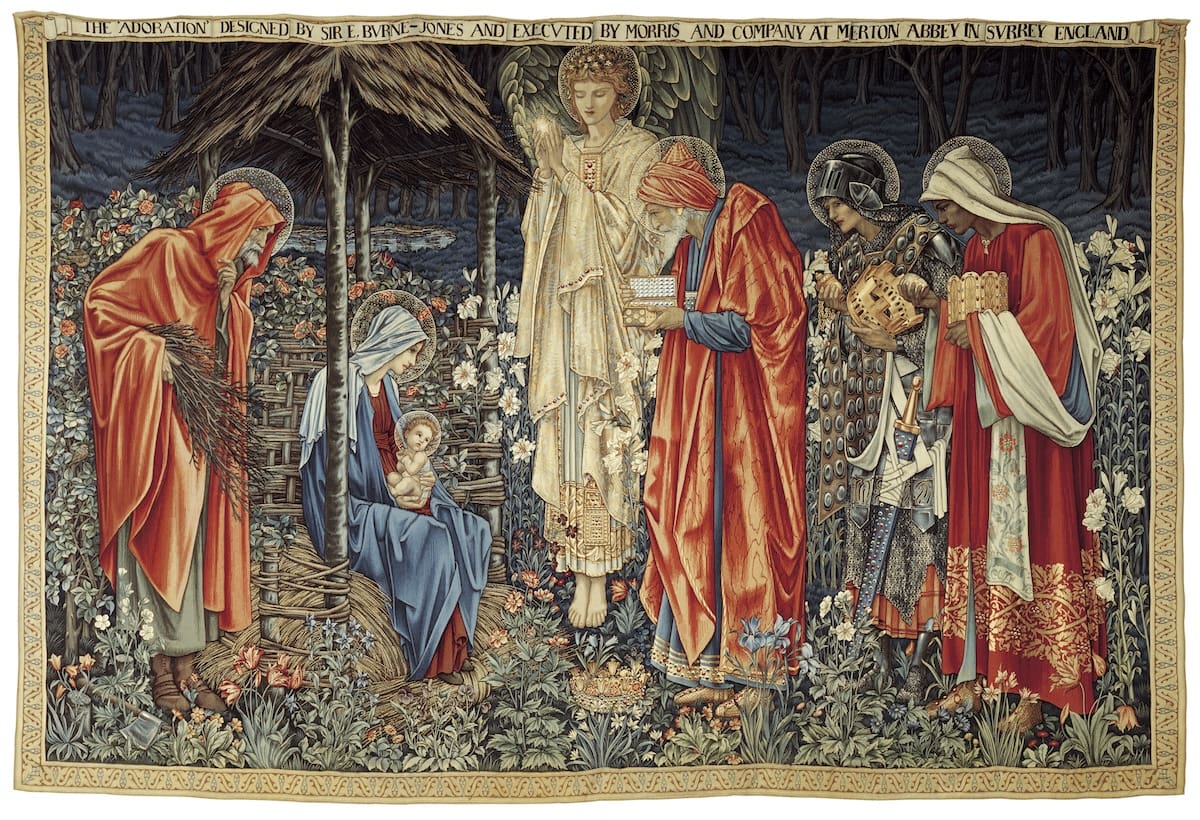
Finding New Spaces Together
‘Vádye Eshgh (The Valley of Love)’ is a collaboration between Second Generation Collective and Abdul-Rahman Abdullah weaving through themes of beauty, diversity and the rebuilding of identity.
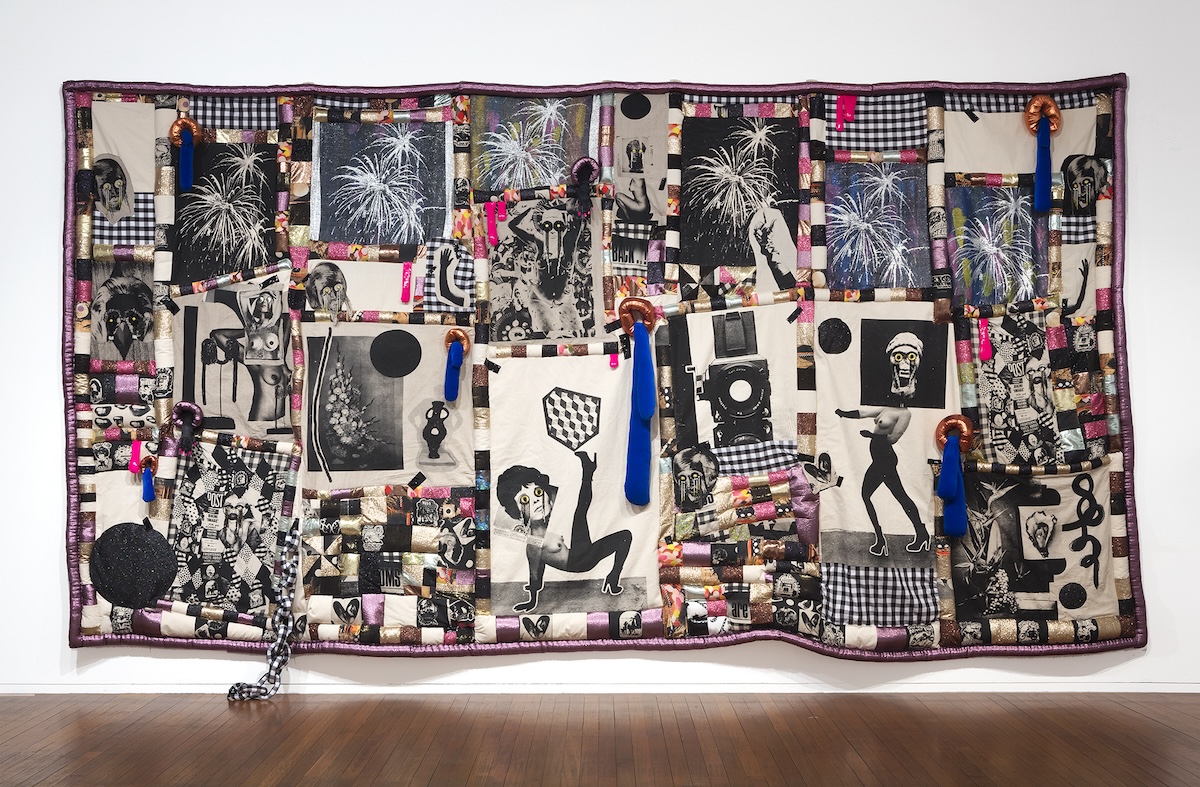
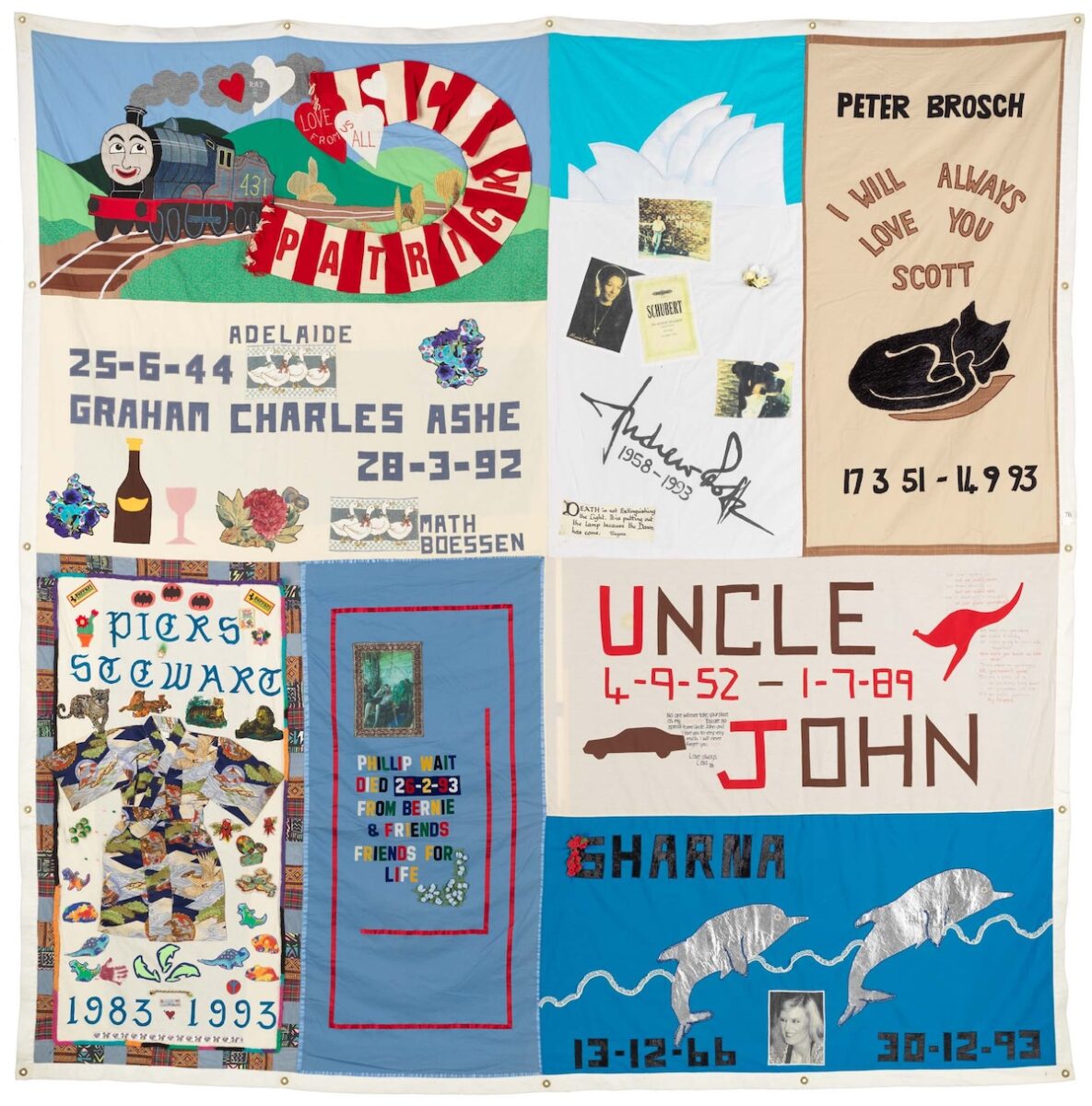
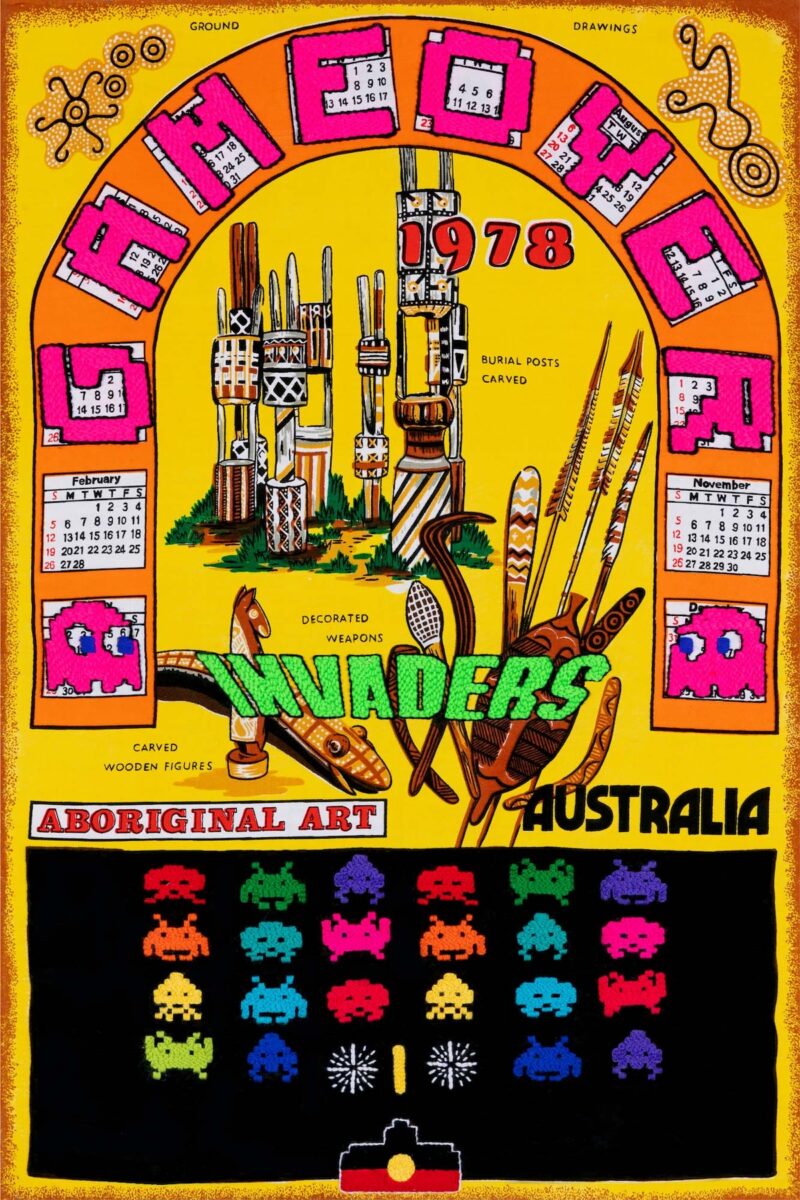
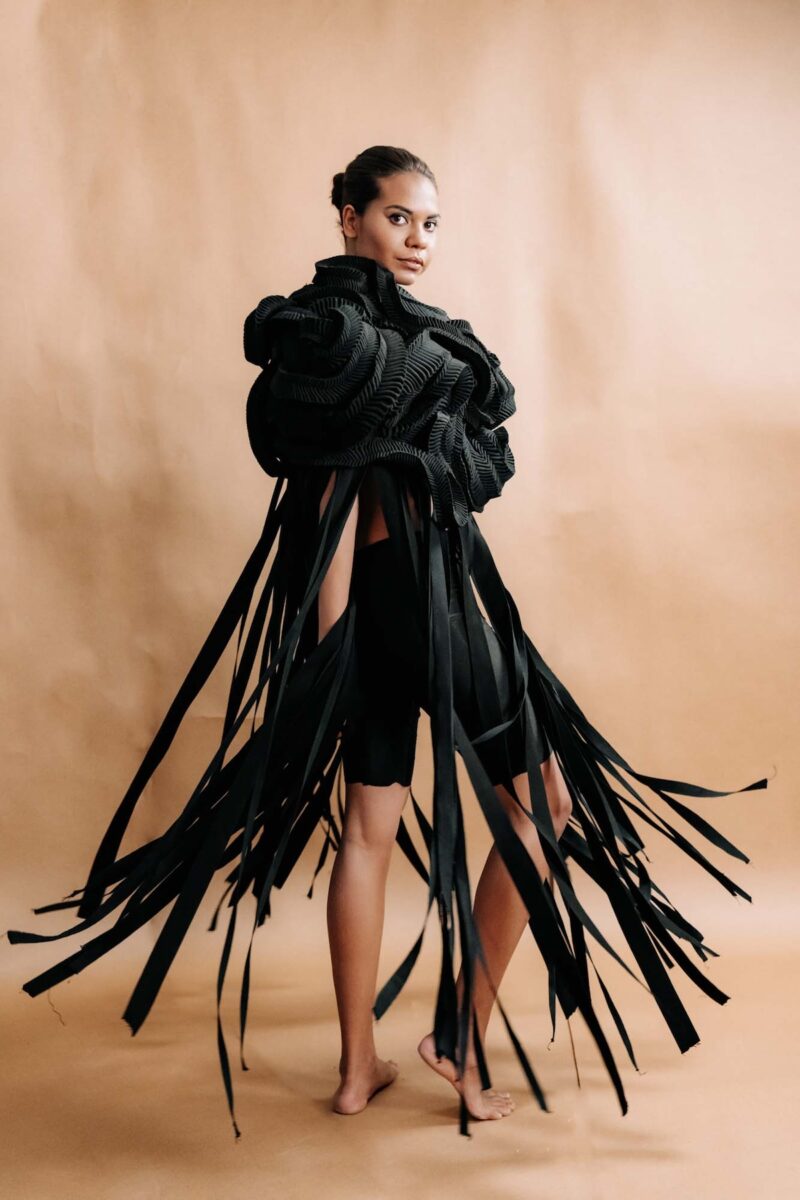



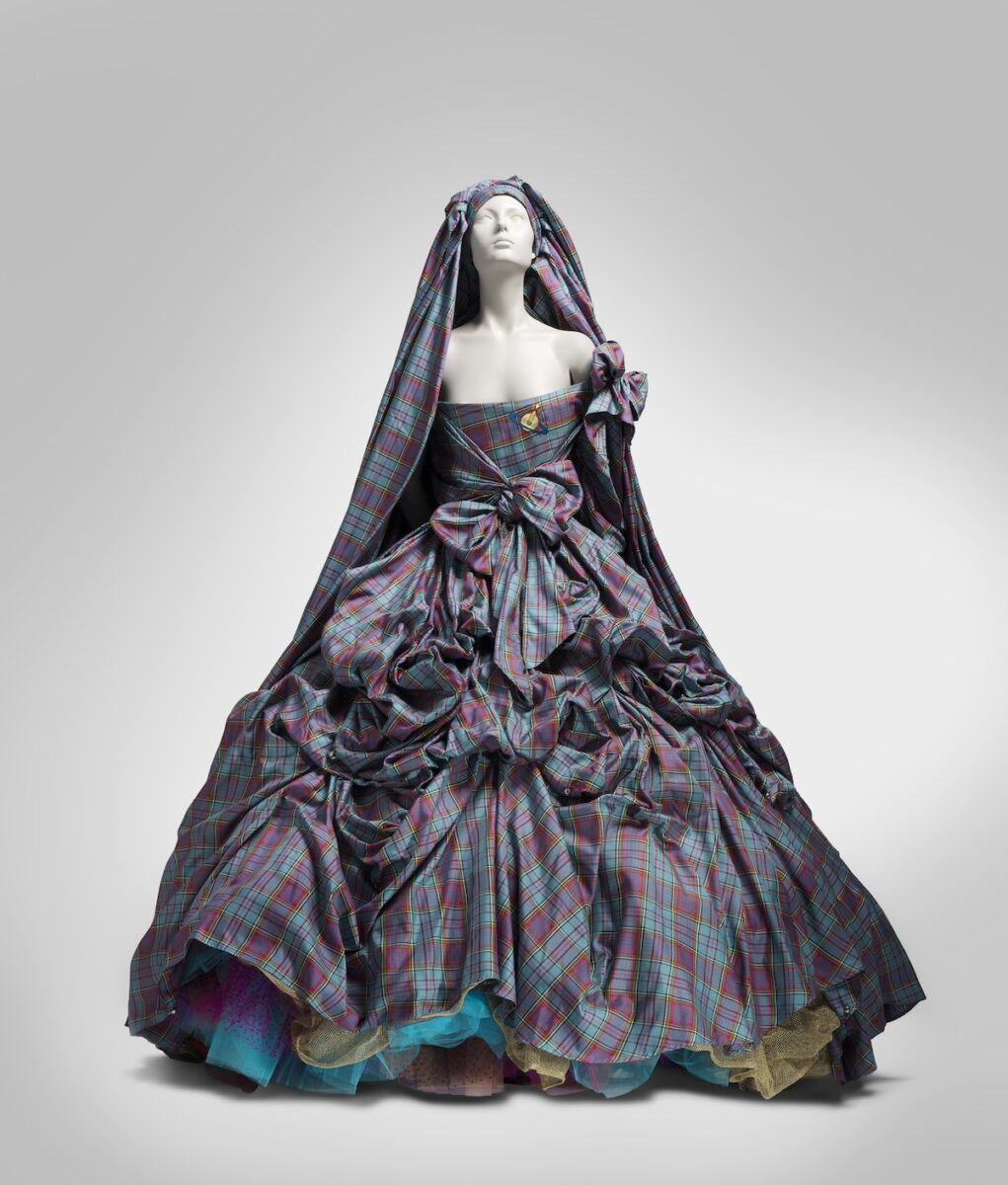
A radish is not what usually springs to mind when thinking about textiles. For Rebecca Evans, curator of decorative arts and design at the Art Gallery of South Australia, the connection is clear.
“When you think of a textile, you automatically have this vision of women of a certain age producing something very sweet and docile, but I like to go back to the origins of the word radical, which comes from the Old Latin word for root,” she says. “It was originally used to describe root vegetables like the radish. It is about coming back to what is important, the root of something.”
Bringing this idea to curating an exhibition, in Radical Textiles Evans and co-curator Leigh Robb look at textiles as an outlet for expressing what is truly essential or fundamental. Drawing a long bow to take in works from across two centuries, among the 150 pieces included in the exhibition are couture fashion, handmade banners, quilts, soft sculpture, photography and large-scale textile-based art works. “We’re looking at not just purely visual art practice, we are also delving into community and communal projects,” says Evans. “That opens up a whole new world of opportunities to show other types of work.”
Also thematically linking the works together is a shared quality of existing outside of the status quo and using materials in unexpected ways. Artists Kait James, Sarah Contos, Paul Yore and Sally Smart combine text and materials like plastic beads, sequins, paint and PVC, while Meriam Mir designer Grace Lillian Lee incorporates techniques used in palm-leaf weaving to create Future Woven Floral Forms (black) 3, 2020, a contemporary reimagining of her grandmother’s 1948 wedding dress.
Comparatively, history is layered onto fabric in British artist Grayson Perry’s huge 3.6 metre jacquard tapestry Morris, Gainsborough, Turner, Riley, 2021. Visually referencing the work of William Morris, Thomas Gainsborough, William Turner and Bridget Riley, looking at Perry’s work gives the impression of peering through time, as though ghostly apparitions of artworks bleed together in unison. Hanging nearby is The Adoration of the Magi, 1900–02 by Morris & Co, the only tapestry commissioned and made specifically for Australia by the English textile workshop.
Arriving in Adelaide in 1902, the tapestry contributes to the AGSA’s permanent collection of Morris & Co material—the largest of its kind outside of the UK. Best known for his whimsical, nature-inspired wallpaper designs, founder William Morris was a major driver in the revival of intricately crafted textiles in the mid-1800s. He is most recognised for Strawberry Thief, a highly decorated repeating design featuring thrushes stealing strawberries amid a lush garden. Evans points out appearances are not what they seem.
“When I think of radical textiles, I automatically go whizzing back in time to William Morris. More than a century later, we might mistake the cute little birds eating strawberries on the farm for being quite traditional. But Morris is the ultimate radical in terms of art history. He was a socialist. He wrote amazing poetry. He was aligned with the suffrage movement, and he was very interested in environmental concerns that were happening because of the industrial revolution.”
Displayed at AGSA for the first time, the NELL ANNE QUILT, 2020-2024 (named after the artist and New Zealand artist Anne McCahon) is a collective quilt making project initially developed as part of a residency that Sydney-based artist, Nell, undertook at Auckland’s McCahon House in 2023. Described as “a homage to women’s creativity and craft, work, and labour,” the quilt is sewn together from 441 hand-sewn patches featuring the names of women—both real and fictional—who have served as inspiration to the makers of each patch.
Holding memory in a similar way to the NELL ANNE QUILT is the AIDS Memorial Quilt. First developed in the USA in 1986, the quilt is made up of patches handsewn with the names of family, friends and lovers lost to HIV/AIDS. Now with multiple chapters across the world, Australia launched its own AIDS Memorial Quilt in 1988, and Radical Textiles features Quilt Block 70 from South Australia.
“At the time the AIDS Memorial Quilt began, it was politically, culturally and socially complex to talk about family members who had died of AIDS-related illnesses. Each quilted piece becomes like a surrogate for people and their stories. The NELL ANNE QUILT has over 400 names of women stitched by those whose lives they impacted. These works literally hold space for people whose names and contribution to the world is largely invisible.”
Rejecting the view of textiles as a purely homely craft, in Radical Textiles the needle and thread is an accessible yet powerful vehicle for communication, reflecting moments of social change, politics and activism, as well as holding close deeply personal subject matter. As Evans concludes, “Textiles always sit at the genesis of history, whether that’s industrial relations, the rights of women or the civil rights movement. The practice has always been there and there have always been amazing practitioners plowing along with their work.”
Radical Textiles
Art Gallery of South Australia
23 November—30 March 2025
This article was originally published in the November/December print issue of Art Guide Australia.
